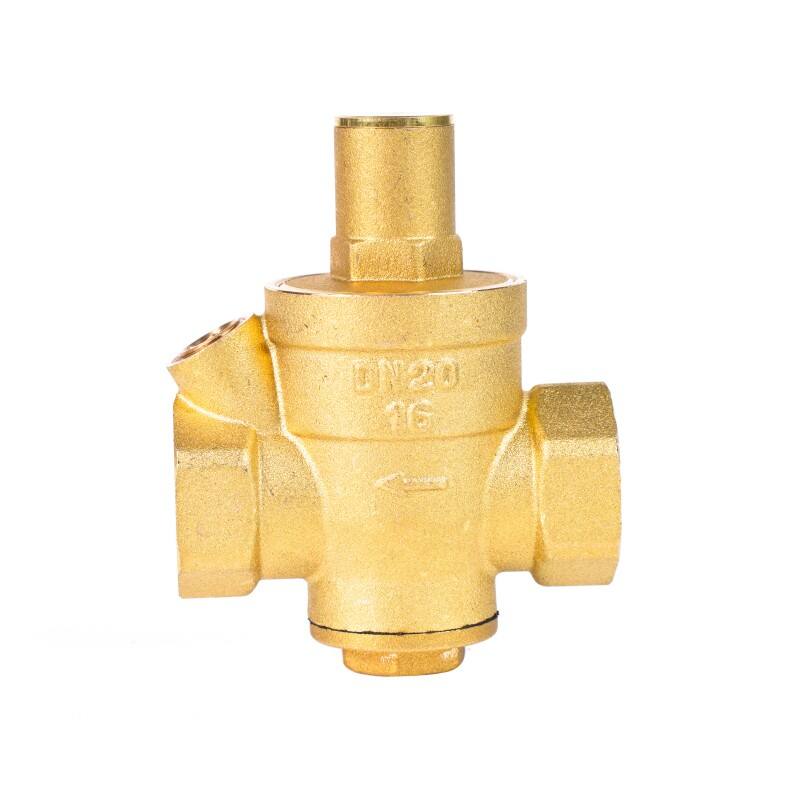ball valve half inch
The ball valve half inch represents a crucial component in fluid control systems, featuring a spherical disc that regulates flow through a 90-degree rotation. This compact valve, with its nominal size of half inch (DN15), offers exceptional versatility and reliability in various applications. The valve's design incorporates a polished ball that sits within durable seat rings, ensuring tight sealing and minimal pressure drop when fully open. Constructed typically from materials like brass, stainless steel, or PVC, these valves demonstrate remarkable durability and resistance to corrosion. The half inch specification makes it ideal for residential plumbing, industrial processes, and commercial applications where precise flow control is essential. The valve's quarter-turn operation mechanism provides quick and efficient flow control, while its full-port design allows unrestricted flow when completely open. Modern ball valve half inch units often feature advanced sealing technologies, including PTFE seats and stems, which enhance their performance in extreme temperature and pressure conditions. These valves can handle various media, including water, oil, gas, and certain chemicals, making them exceptionally versatile in different operating environments.


